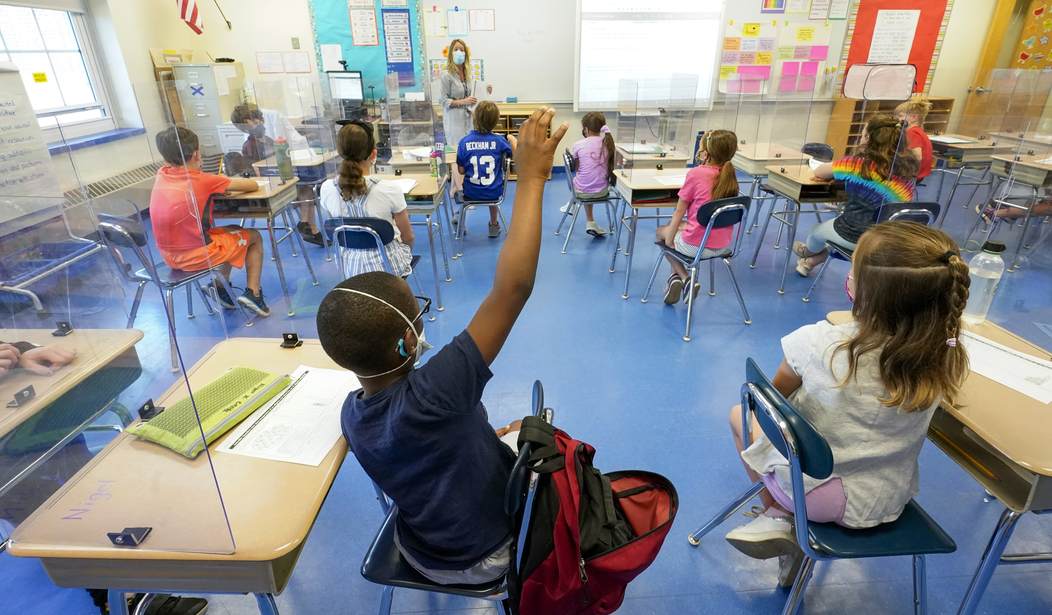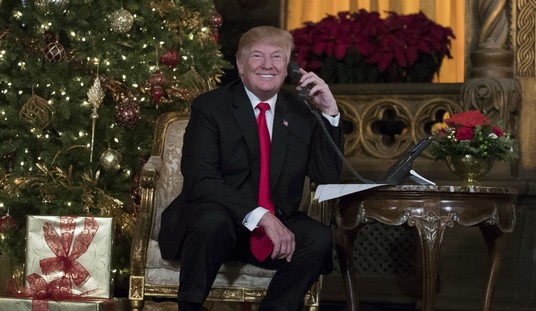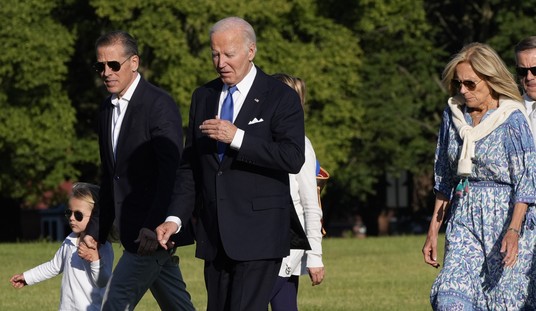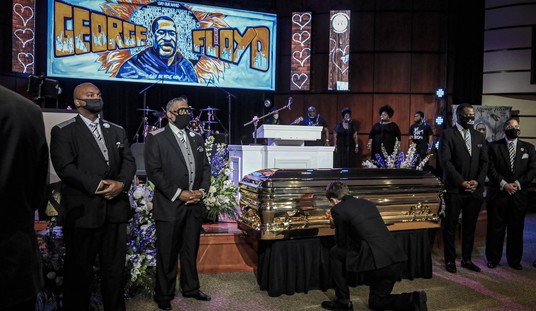Fake news has been a serious problem in Americans for decades. But over the past five years, the issue became even more severe and many are looking for solutions. However, while we should be wary of false news stories, we must be equally discerning when it comes to proposals designed to solve the problem.
The Hill reported on various initiatives to have media literacy taught in K-12 schools and noted how experts are sounding the alarm on students not being taught how to properly consume news reports. The report explained:
There are many advocacy groups dedicated to pushing media literacy, citing research that children aged 8 to 18 spend an average of 7 hours and 38 minutes per day with media outside of school. At the same time, most schools don’t teach children how to use media thoughtfully and apply critical thinking skills to the onslaught of content available on a slew of different devices.
A 2016 study by Stanford University’s History Education Group (SHEG) found that across middle school, high school and college students, “young people’s ability to reason about the information on the internet can be summed up in one word: bleak.”
Sam Wineburg, professor of education and history at Stanford University said the most serious problem facing Americans is “using skills that were developed in an analog age to understand a digital medium.”
SHEG researchers said the amount of content on the interwebs is “unsurmountable” and that people don’t have time to do a deep dive on every single issue that comes across their screens. They suggested people “need efficient, time-saving strategies to separate good information from bad,” according to The Hill.
Various groups are pushing to pass legislation that would require the teaching of media literacy in K-12 schools. Media Literacy Now (MLN) is an organization that has helped to implement these types of laws in nine states so far.
The organization was critical to passing House Bill 0234 in Illinois in 2021. It mandates that each public high school include instruction on media literacy in its coursework. The objective is for students to develop critical thinking skills and apply them to news media content. The thinking is that this would help them weed out “misinformation” and “disinformation” about the issues of the day. They cite supposed false information related to COVID-19 and the war in Ukraine as examples of the types of areas in which people must understand how to critically assess the veracity of news stories.
And this is where those who are right-of-center should have concerns.
Almost nobody would contend that media literacy is not an essential skill to have. Indeed, in an age where content bombards us on our smartphones, computers, televisions, and elsewhere, figuring out what to believe and what to discard can be challenging for many regardless of political affiliation.
Nevertheless, the obvious issue relates to who is teaching media literacy and how they are teaching it. Indeed, if more states pass media literacy laws, parents will have to be even more aware of what is going on in their children’s classrooms.
With teachers infusing elements of Critical Race Theory (CRT), and far-leftist ideas on sexuality and gender into their classes, it is not difficult to imagine how they will teach children what news is fake and what is real. With a decidedly left-wing bent, these educators could easily present the idea that any sources that do not skew their reportage in favor of the left should be considered disinformation.
As examples, they would use opinions on COVID-19 that are not Democrat-approved as examples of what to avoid, while encouraging them to embrace those coming from left-leaning sources. It is highly doubtful that they will refer to blatant disinformation coming from CNN, MSNBC, and other activist media outlets that peddle in falsehoods.
The only way a media literacy program could be successful is if it is not politically biased, and in 2022, it is doubtful this is even possible given the state of the country’s political environment. Of course, it is also worth considering the possibility that there are ways to teach these concepts fairly, acknowledging that media outlets on both sides get it wrong. Perhaps most of the instruction would be as close to fair as possible. This would be a welcome development. But the only way to ensure this would happen is if parents are involved in the process to ensure that bad actors do not use such programs to further their indoctrination efforts.
To put it simply, I would welcome media literacy classes in K-12 schools. But only if they are not politically biased. But in 2022, this is clearly not possible unless conservative parents ensure this happens. This means they would have to be as active in keeping an eye on it as they are in opposing CRT and other far-leftist ideas in schools. Fortunately, I do think they are up to the challenge.













